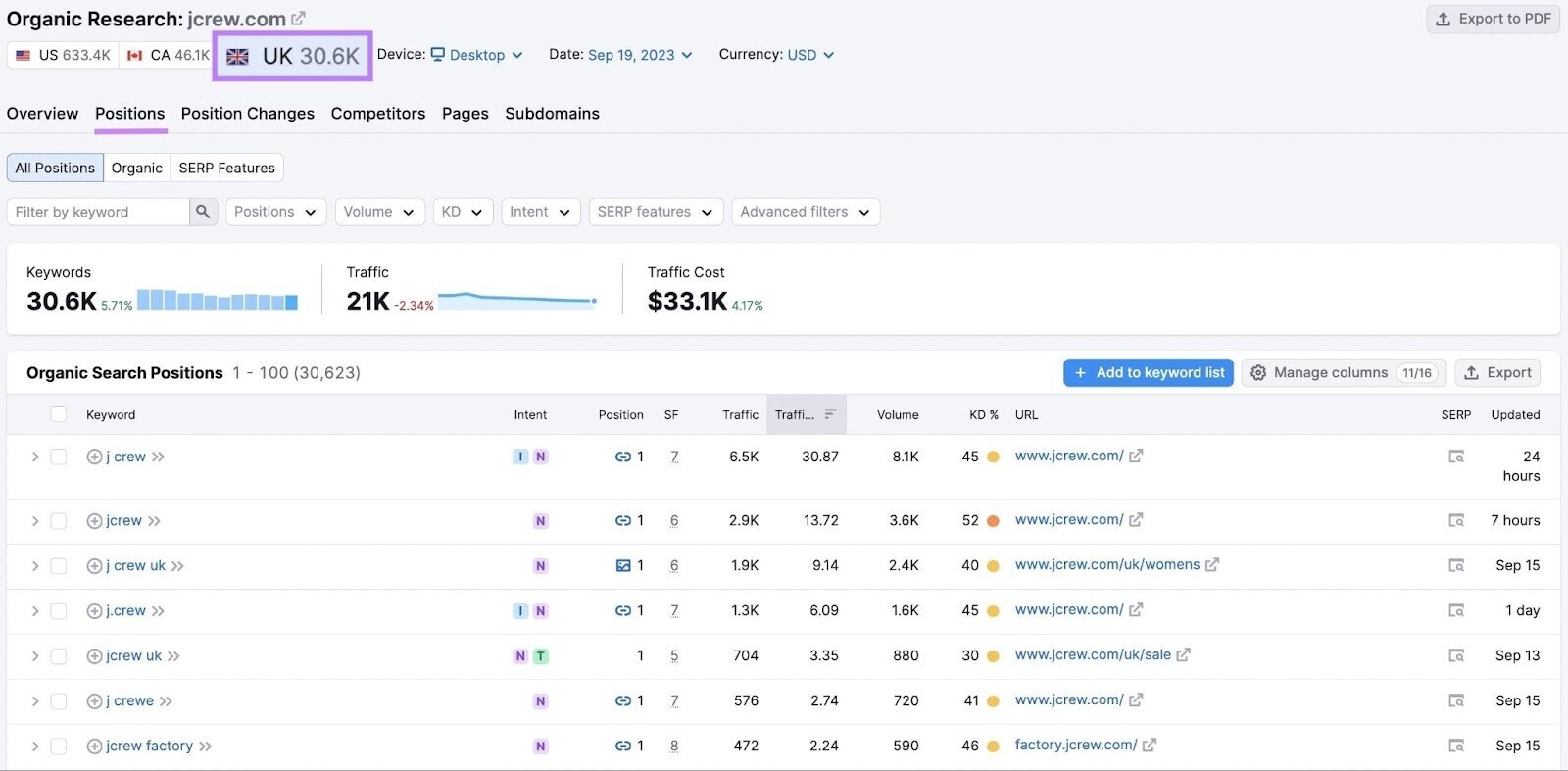Navigating the Digital Landscape: Leveraging International Search Engine Optimization for Cross-Border Success
In today's interconnected electronic world, services are progressively looking past boundaries to use international markets. Leveraging search engine optimization (SEO) methods customized for international audiences is vital for achieving cross-border success. The complexity of browsing the digital landscape on a global scale requires a nuanced approach, from comprehending the basics of International search engine optimization to executing geotargeting and multilingual key phrase approaches. As business make every effort to broaden their reach and presence across various territories, optimizing web site structures and monitoring cross-border efficiency become indispensable components of an effective worldwide SEO strategy.
Understanding International SEO Basics
Browsing the ins and outs of worldwide Search engine optimization calls for a strong understanding of fundamental concepts to properly increase on the internet presence throughout boundaries. One essential element of international SEO is recognizing the importance of localization.
Additionally, having a clear understanding of geo-targeting is vital. This entails suggesting to look engines the details nations or areas an internet site is targeting. Implementing hreflang tags is one method to connect this information, ensuring that the right variation of a page appears in the search results page for a customer in a particular area.
Furthermore, comprehending the effect of regional online search engine and social networks systems is important for global search engine optimization success. As an example, while Google is leading in lots of regions, countries like China have their very own online search engine like Baidu, calling for tailored strategies for each and every platform to optimize on the internet presence.

Targeting Multilingual Key Words Methods
Developing multilingual key words approaches is essential for successfully getting to diverse international audiences and taking full advantage of on-line exposure across various etymological regions. When targeting multilingual keyword techniques, it is critical to conduct comprehensive research to understand the specific search terms and phrases made use of by the target market in each linguistic area. This includes not just converting keyword phrases yet likewise thinking about social nuances, regional languages, and search fads distinct per target audience.
To create an effective multilingual keyword approach, it is necessary to prioritize relevance and search intent. Key phrases ought to line up with the content on the web site and reverberate with the cultural context of the target audience. Making use of tools such as Google Key Phrase Planner, SEMrush, or Ahrefs can assist determine high-performing key words in various languages and examine their search volume and competitors level.
Moreover, surveillance and assessing the performance of multilingual key phrases consistently is important for enhancing and improving the method in time. By constantly adapting to changes in search habits and patterns, organizations can boost their on-line presence and draw in even more global web traffic to their websites.
Implementing Geotargeting and Hreflang Tags
When aiming to improve worldwide SEO approaches, integrating geotargeting and hreflang tags is vital for maximizing site visibility throughout different regions. Geotargeting entails tailoring web content to certain places, making sure that users in various areas obtain relevant information. By implementing geotargeting, services can enhance their regional search rankings and bring in region-specific traffic.

Optimizing Internet Site Structure for Global Presence
To further improve international search engine optimization methods beyond geotargeting and hreflang tags, maximizing the site framework is critical for achieving global visibility and making best use of reach throughout various regions. A well-structured site not only boosts customer experience yet likewise facilitates online search engine spiders in comprehending the material and context of the website. When going for international exposure, it is vital to make sure that the web site is arranged in a sensible fashion that caters to customers from different nations. Implementing a clear pecking order with unique classifications and subcategories can aid in enhancing the website's navigation and user-friendliness.
Furthermore, creating language-specific subdirectories or subdomains can assist internet search engine supply the ideal version of the website to users based upon their language choices, further improving the overall individual experience. Additionally, optimizing link structures to include relevant key words and geotargeted terms can enhance the website's visibility in different regions. By structuring the internet site efficiently for global target markets, organizations can enhance their opportunities of drawing in international web traffic and increasing their reach across boundaries.

Surveillance and Evaluating Cross-Border Efficiency
Reliable monitoring and studying of cross-border performance is necessary for evaluating the success of worldwide search engine optimization strategies and recognizing possibilities for improvement in worldwide reach and presence. By carefully tracking crucial performance indications (KPIs) across various markets, businesses can get valuable insights into the effectiveness of their cross-border search engine optimization efforts. Keeping track of metrics such as organic website traffic, keyword positions, conversion rates, and bounce rates can supply an extensive sight of just how well an internet site is performing in different areas.
Evaluating cross-border efficiency information enables services to identify patterns, patterns, and locations for optimization. By comparing efficiency across different countries, areas, or languages, business can identify effective techniques and localize web content to much better provide to particular target market. article In addition, monitoring cross-border performance makes it possible for services to remain active and receptive in the ever-evolving electronic landscape. Routine evaluation of search engine optimization performance on an international range ensures that firms can adjust their techniques quickly to take advantage of emerging chances and preserve an one-upmanship in international markets.
Conclusion
To conclude, international SEO plays an essential function in attaining cross-border success by enhancing websites for global visibility, targeting multilingual key phrase methods, carrying out geotargeting and hreflang tags, and checking cross-border performance. By recognizing the fundamentals of global my explanation search engine optimization and optimizing website frameworks accordingly, businesses can effectively get to and involve with their target audiences across different regions and languages. This strategic strategy is crucial for expanding market reach and driving on-line development in today's electronic landscape.